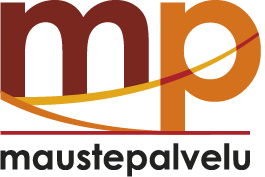Vegetarian and vegan products: what are the regulatory hurdles?
Before you enter the market for vegetarian and vegan products you should consider the following three regulatory issues you might encounter on the way.
First there is the matter of definition. The EU Commission already announced in 2011 an initiative to make these part of the Consumer Information Regulation but until sofar this has not been arranged. There is however an agreement between the European Vegetarian Union and the Food and Drink Federation which opens the road towards a legally binding definition of the terms “Food suitable for vegans” and “Food suitable for vegetarians”. It is expected that the European Commission will use the definitions of this agreement in their proposal to legislation. The full text of this agreement can be found on the following link.
The second hurdle is the naming of the product. The use of dairy and meaty names for vegetarian alternatives is becoming a complicated regulatory landscape. There have been various court cases and legislative initiatives to prevent the use of words like milk, cheese, sausage and steak for meat and dairy substitutes.
These developments are based on the European Court of Justice’s 2017 ruling that soya and tofu products cannot be marketed with dairy names. The arguments of the court are that there is a chance of customers being misled by the use of dairy and meaty names and have called them “deceptive marketing practices”. Following on from this ECJ ruling, several national authorities ordered companies to change the names of products such as chicken chunks and fish-free tuna on the grounds they are misleading. The French Government issued a complete ban on the use of meaty names for vegetarian foods and the German Food Code Commission (DLMBK) is working on a proposal, according to which meaty names can still be used but specific terms that name cuts of meat or whole animals cannot be used for meat alternatives. These different interpretations show that the regulator is struggling with the names used for vegetarian products.
The third hurdle is the use of logo’s. There are many third party labels of vegetarian or vegan associations which apply different standards. Examples are the European Vegetarian Union, the Vegan Society and the Vegane Gesellschaft Deutschland. It is wise to consult the website of the various standards to make sure that your raw materials, ingredients and production method fulfil the criteria of this standard.



